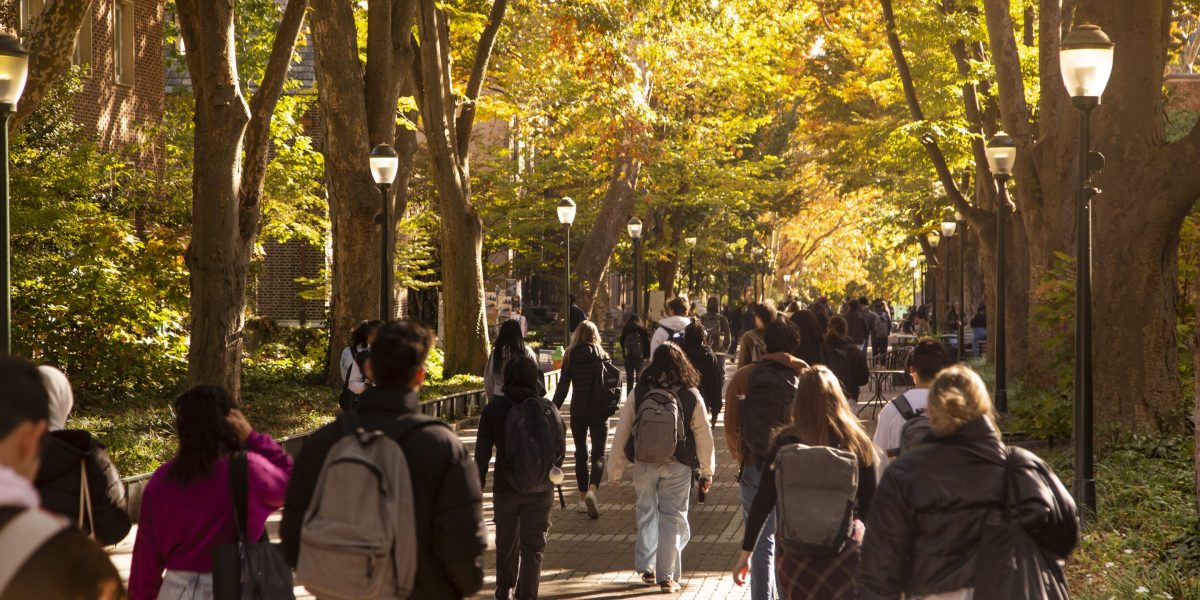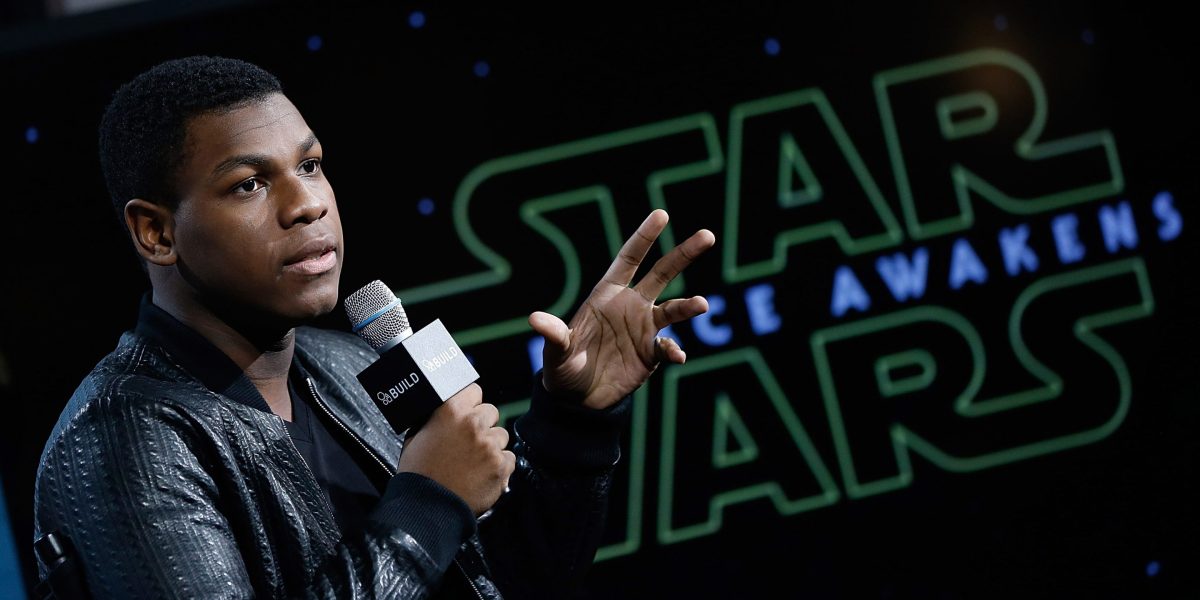- Before he was a multimillionaire Star Wars star, John Boyega was nearly broke—spending $43 of his last $60 to meet J.J. Abrams for dinner and then acting like he had other offers waiting. Playing hard to get is a move usually seen in dating, but in this case, it helped him land the breakout role of rogue Stormtrooper Finn.
Before John Boyega became a household name as rogue Stormtrooper Finn in Star Wars, he was a struggling actor with just £45 [$60] to his name when the director J.J. Abrams invited the 33-year-old actor to dinner.
At the time Boyega barely had enough to cover his travel to meet with Abrams, let alone cover his half of dinner. But the British actor was so hopeful for a big break that he emptied the little left in his bank account to drop everything and trek across London—and now, during a panel at Chicago’s Comic & Entertainment Expo, he said he will “never forget the day.”
“He goes, ‘Where are you?’ And I said, ‘I’m at this art show in Greenwich, mate. I’m very, very busy. Where are you?’ He goes, ‘Well, I’m in Mayfair and [at a] restaurant. Need to talk to you now. And we’ll talk about something important,’” Boyega recalled the exchange with J.J. Abrams, following several rounds of auditions.
“And I go, ‘Okay, okay, I’m gonna be right there’… It took £33 and 83p to get to J.J. Do the math.”
After paying for his fare, Boyega arrived with less than £12 [$15] in his account and everything to gain. If nothing else, he thought, at least the meal would be free.
“Each step I took, I was nervous,” he continued. “I was like, ‘Okay, cool.’ You know, J.J. is a phenomenal, nice guy, and if he was to tell me I didn’t get the part, he would still feed me.”
Boyega played hard to get—and it worked
Before landing the role, Boyega already had a decade of experience, starring in movies like The Whale, Imperial Dreams, and Half of a Yellow Sun. But work had since dried up. Roles weren’t rolling in, but Boyega didn’t want Abrams to know that. After all, the legendary action director—behind box-office hits like Star Trek, Super 8, and Mission Impossible—had the potential to launch the young actor into stardom.
So he took a page out of the old dating playbook: acting unavailable just enough to pique interest.
“I had been auditioning for so long, so I felt like he kind of took away my dignity a little bit. So I decided to pretend as if I was busy,” Boyega said—and Abrams bought it.
“Everything felt very surreal,” he remembered. “And then this just puts the Star Wars stamp on it: [The movie’s cowriter Lawrence Kasdan] walks out and he said, ‘Kid, this movie’s gonna change your life.’ And that’s the Hollywood s—.”
Within a span of hours, Boyega went from financial uncertainty to a golden paycheck from Lucasfilm.
It’s estimated that the actor earned between $100,000 and $300,000 for his role in Star Wars: The Force Awakens in 2015—which grossed more than $2 billion at box offices around the world. He also went on to reprise the role in Star Wars: The Last Jedi and Star Wars: The Rise of Skywalker in 2017 and 2019, which both raked in billion-dollar theater earnings. That discussion with Abrams in the Mayfair restaurant was the first glimmer of his career to come.
Boyega’s career advice for the next generation
While adopting a “fake it, till you make it” mindset worked out in the end for Boyega, he advises Gen Z to go into their dream job with their eyes wide open—including studying how predecessors in similar backgrounds have found success in that field.
“It’s important to understand the type of industry you’re joining, the opportunity that is available, and the different ways in which you can enter and be a part of something,” Boyega told Backstage in a 2020 podcast episode.
The Star Wars alumni also said young people should carefully watch how people like them are treated once they get through the door. Boyega himself has been open about his dissatisfaction with Black character portrayals—including his own—in the Lucasfilm franchise.
“Train hard, be a fan of what you love, study other people who have struggled the same way you have,” Boyega added. “It’s all about just calibrating and trying to find what specifically motivates you. Your freedom in that is knowing that there are no rules that could limit you as a creative.”
This story was originally featured on Fortune.com
Source link


 Entertainment8 years ago
Entertainment8 years ago
 Politics8 years ago
Politics8 years ago
 Entertainment8 years ago
Entertainment8 years ago
 Entertainment8 years ago
Entertainment8 years ago
 Tech8 years ago
Tech8 years ago
 Tech8 years ago
Tech8 years ago
 Tech8 years ago
Tech8 years ago
 Politics8 years ago
Politics8 years ago






